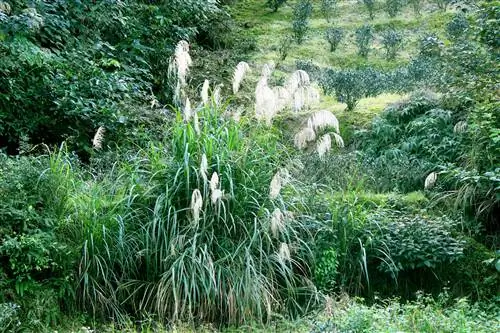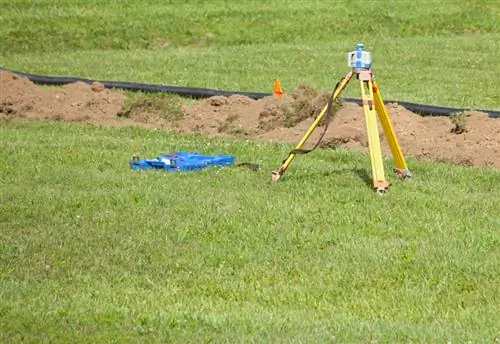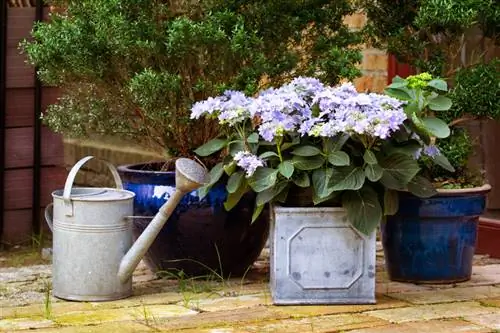- Author admin [email protected].
- Public 2023-12-16 16:46.
- Last modified 2025-01-23 11:22.
The reeds that we see in the wild in this country, the native reeds so to speak, unmistakably seek proximity to water. Does the ornamental grass that comes from Asia also need a moist spot, or does miscanthus not share this preference at all?

Can Miscanthus tolerate waterlogging?
Miscanthus, botanically Miscanthus sinensis, loves moist soil, but itdoes not like waterlogging nor does it like dryness. It especially doesn't like to grow its roots into stagnant water. But the sweet grass is robust and can withstand short-term deviations well.
How do I prevent waterlogging of miscanthus in the garden bed?
So that your miscanthus is safe from waterlogging, the rainwater must drain promptly, quickly and almost completely or be able to seep deep into the ground. If the soil at the location is not loose and humus, but clayey, waterlogging must be expected on a regular basis.
- Always plant Miscanthuswith good drainage
- Loosen the soil two spades deep
- Loosen the excavation with a little sand
- water only a few weeks after planting
- water rooted specimens only in dry periods
- Never “submerge miscanthus”
Can I add a drainage layer later?
Miscanthus, often incorrectly referred to as elephant grass, is known for its rapid growth. Miscanthus giganteus (giant miscanthus) can reach a height of up to 5 m and can also grow considerably in size. Yes, the subsequent integration of a drainage layer is possible, but will likely be a strenuous challenge. You may be able to connect thewith the divisionin the spring and plant the sections optimally.
How do I protect miscanthus in the pot from waterlogging?
Miscanthus, which grows in a pot, does not have to worry about waterlogging if the pot has several largedrainage holes, use thesoil with clay granulesloosen up and wait until the top layer of soil dries slightly before watering. Of course, you should also spread adrainage layer made of gravel at the bottom of the bucket. In the pot, there is a risk that Miscanthus will dry out during the summer, as the soil dries out particularly quickly in its sunny location. During wintering, make sure that the drainage holes are not closed..
How do I know when Miscanthus is suffering from waterlogging?
Chinaship tolerates both poor drainage and drought for some time. But if it doesn't just have to do with an unbalanced water supply temporarily, its growth will suffer. Yellow, brown and dried stalks and leaves are the result. The grass may not sprout lushly in spring because its rhizomes are rotting.
Tip
Do not cut back the Chinese grass until spring
Some gardeners thoroughly clean up their garden in the fall. If you are one of them, make an exception for miscanthus. On the one hand, the dried grasses are a natural winter protection. On the other hand, early pruning would leave open ends of the stalks in which the moisture from the cold season can collect.






